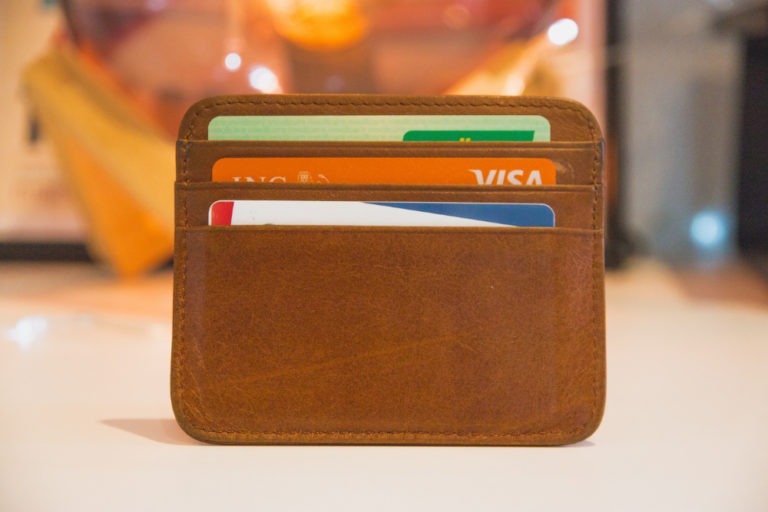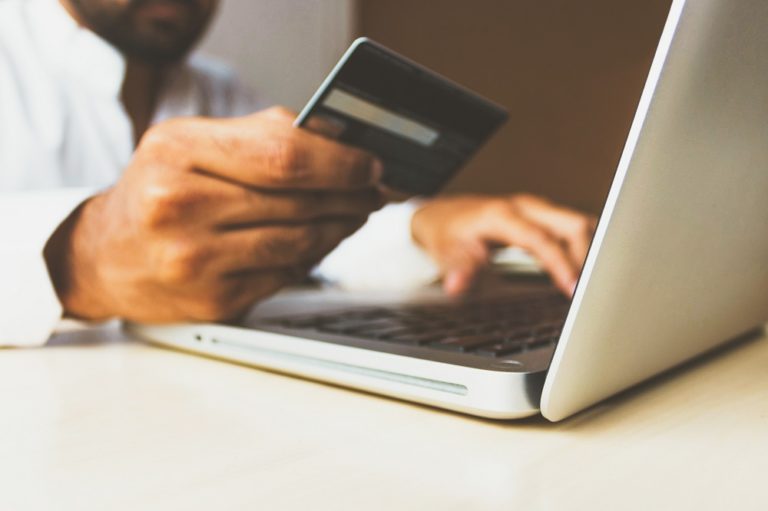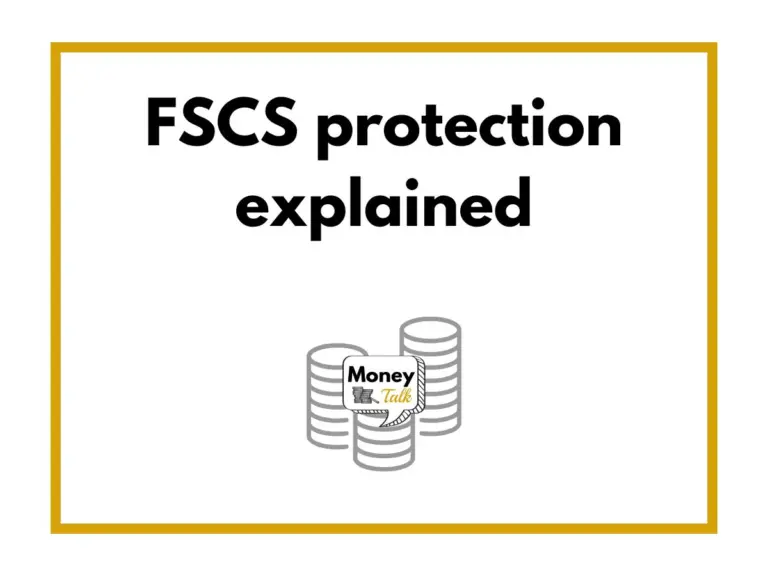How scam victims can get their money back
Money Talk is intended to inform and educate; it's not financial advice. Affiliate links, including from Amazon, are used to help fund the site. If you make a purchase via a link marked with an *, Money Talk might receive a commission at no cost to you. Find out more here.
British scam victims lose millions of pounds each year to fraud.
And according to data released by the Office for National Statistics, financial fraud has been the fastest growing category since March 2021.
The trend isn’t surprising given how our lives have changed in the last few years – circumstances that fraudsters have exploited through investment scams, parcel delivery-related phishing, and even cons hooked to the Covid vaccine.
For scam victims, the moment of discovery can be fraught with emotions ranging from shock and anger to embarrassment and distress.
But that doesn’t have to be the end of it.
Here’s what you should do after you find out you’ve been scammed and how you might be able to get your money back.
Step one: stop further losses
As soon as you realise you’ve fallen victim to a scam, you should try to stop further losses.
If your password has been compromised for example, that might mean changing all of your passwords at the earliest opportunity and making sure they’re different from previous ones and each other.
Or if it’s your bank or credit card details that have been shared, alert your bank or credit card provider so they can freeze your account and stop further transactions.
Even if you’ve transferred money to a scammer and the money has already left your account, by alerting your bank at the earliest opportunity, you’ll have a better chance of getting your money back.
Where your personal information has been stolen, you should monitor your bank statements and your credit file for any suspicious activities for at least a year if not longer.
Step two: gather evidence
Before you report the crime, it’s handy to have a few bits of information ready.
To prove evidence of fraud, you’ll need to supply information such as:
- Who has defrauded you – including names, numbers, emails and addresses if you have them
- Why you think it’s fraud – for example, you haven’t received the goods you purchased and the seller is no longer contactable
- How you’ve been defrauded – including whether you’ve just shared information (passwords, PINs, bank details, secure numbers etc) or transferred money as well
- And if you’ve transferred money – how much, when, and how
This evidence might come from email trails or texts, so don’t delete anything.
The more evidence you have, the stronger your case will be, and the more likely you are to recover your losses.
Step three: report the fraud
In the UK, crimes relating to fraud should be reported to Action Fraud – and you can do this online 24 hours a day.
Action Fraud doesn’t actually investigate your case. Instead, it’s sent on to the NFIB, a special unit within the UK police force.
By reporting the crime, you’ll get a crime reference number, which should help with any insurance claims if applicable.
They will also give you a named contact for your case and update you with details of the investigation.
It’s important to do this quickly as this will improve the chances of getting your money back.
Getting your money back after a scam
Whether or not you can get your money back after a scam will depend on how the money was transferred over to the fraudsters.
If you paid by cash or wire transfer, it’s unlikely you’ll get your money back.
But there are some instances where you can get reimbursed.
Credit card
You’ll have the best chance of getting your money back if you paid using a credit card.
If the transaction was over £100, you’ll be protected under Section 75 of the Consumer Credit Act, which makes the card provider jointly liable if the purchase goes wrong.
If the amount was under £100, you might be able to get your money back through the chargeback scheme – details for this vary between providers but you should contact the fraud department in the first instance.
PayPal
You also have a pretty decent chance of getting your money back if you’ve paid through PayPal.
You’ll need to apply for the refund under PayPal’s Buyer Protection programme* to get your money back.
If you used a spoof PayPal website, their buyer protection won’t apply and you’ll have to go to your card provider for redress.
Debit card
The chargeback scheme is your only option for redress if you’ve paid by debit card.
The scheme is not enshrined in law, but most of the high street banks have voluntarily subscribed to the rules.
You have 120 days in which to make your claim, but in reality you’ll need to submit your claim much sooner than that if you’re to have any hope of getting your money back.
This is because your bank will need to contact the seller’s bank to request the refund – and if the money has already been moved out, this might not be possible.
Bank transfer
If you paid a scammer by bank transfer – known in the industry as an Authorised Push Payment (APP) – the chances of recovering your money is currently very low, though still worth trying.
Your bank can try to recover the funds using the same process as chargeback, but this might not be successful.
In some cases, some banks will reimburse victims of APP scams from their own pocket, but this policy varies enormously depending on who you bank with.
Pin this for later








